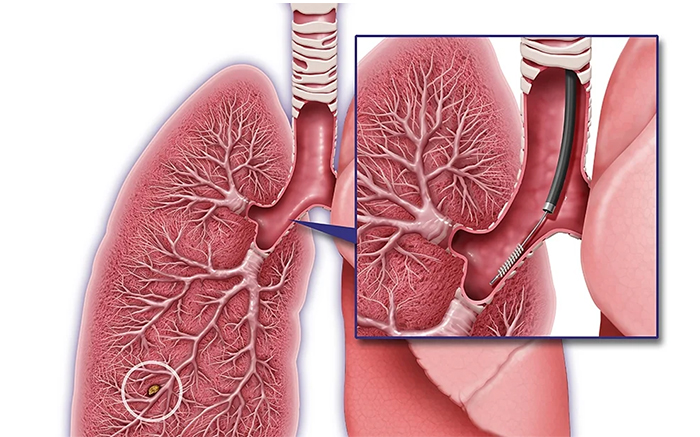
Lung Biopsy
A lung biopsy is a procedure where a small sample of tissue is taken from the lungs to help doctors diagnose various lung conditions. The sample is then examined under a microscope to check for diseases or abnormalities.
Doctors may recommend a lung biopsy if someone has unexplained symptoms, such as persistent coughing, shortness of breath, or weight loss, and previous tests like X-rays or CT scans show something unusual in the lungs. The biopsy helps determine what’s causing these symptoms, providing more detailed information that other tests may not be able to reveal.
Lung biopsies are commonly used to diagnose:
- Lung cancer: A biopsy can confirm whether a tumor is cancerous.
- Infections: Some lung infections, such as tuberculosis or fungal infections, require a biopsy for accurate identification.
- Inflammatory conditions: Diseases like sarcoidosis, idiopathic pulmonary fibrosis, or autoimmune disorders can cause lung damage, and a biopsy helps doctors understand the condition better.
- Other lung diseases: Sometimes a biopsy is needed to rule out or confirm conditions that affect the lungs' structure or function.
Though a lung biopsy is a valuable tool, it does come with some risks. These include bleeding, infection, or damage to the lung. However, it is generally considered safe and is crucial for diagnosing serious conditions, especially when the cause of symptoms remains unclear after other tests.